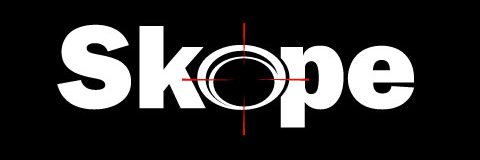Car accidents are already stressful enough without having to guess who you can hold accountable. But the truth is, responsibility doesn’t always fall on just one person. Depending on the details, there could be several different parties you have the legal right to sue.
And if you’re feeling unsure about how to take action, take inspiration from the many people who choose to seek professional representation for car accident lawsuits so they don’t have to go through this process by themselves.
You shouldn’t have to guess your way through the legal side of a car accident. This guide is here to walk you through all the possible parties you might be able to sue, depending on the exact circumstances of your crash.
Your Own Insurance Company
In some states, the law requires you to turn to your own insurance company first, no matter who caused the accident. This is because of what’s called a no-fault insurance system.
Everyone who drives in the state is required to carry personal injury protection (PIP). That means your medical bills, lost wages, and even the cost of getting help with chores you can’t do because of your injuries should be paid by your own insurance.
But if your insurance company delays payment or tries to deny you benefits you’re owed, you can sue them. Once they have proof that you’re eligible for a payout, they generally have 30 days to pay you. If they drag their feet or refuse to follow through on your policy, they can be taken to court.
The At-Fault Driver
After you’ve gotten everything you’re entitled to from your own insurer, you might still have damages that weren’t covered. That’s where the at-fault driver comes in.
If the other driver was more than 50% responsible for the crash, you might be able to sue them for things like pain and suffering, serious injuries, permanent disfigurement, or even wrongful death if a loved one passed away in the accident.
The Driver’s Employer
If the person who caused your accident was working at the time, for example, a delivery driver or someone driving a company vehicle, you may be able to sue their employer. The business is responsible for its employees’ actions while they’re on the job. This includes government employers, too.
These companies usually have large insurance policies, especially trucking companies, which are required to have at least $750,000 in coverage. But just because they have money doesn’t mean they’ll pay easily.
You should be careful not to sign anything or give a statement to the company or their insurer without speaking to a lawyer first. They often try to reduce what they have to pay.
There’s a special note here about volunteers. If someone was driving for a volunteer organization, you might be able to sue the organization, but only if the person was officially on duty when the crash happened.
Rideshare Companies
Uber, Lyft, and other rideshare or delivery platforms work differently. The drivers are not employees; they’re independent contractors. But the companies still have some responsibility.
You may be able to sue the rideshare company if they allowed an unsafe driver to stay active on the platform, failed to run proper background checks, or were otherwise negligent.
The key issue here is whether the driver was actually “on the clock” when the accident happened. If the app was on and the driver was picking up or transporting a passenger, the company might be responsible. If they weren’t in service at the time, you’d likely deal with the driver’s personal insurance instead.
The Owner of the Car
Even if the person who caused the crash wasn’t the owner of the car, the owner can sometimes still be held responsible. This happens when someone lends their car to a person whom they know is reckless, unlicensed, or otherwise unfit to drive. It’s called negligent entrustment.
Rental companies can also fall under this. If a company rents a car to someone who legally shouldn’t be driving or has a record of dangerous behavior, they could be held accountable too.
Property Owners
Sometimes accidents happen because of dangerous conditions around a property. That might include things like overgrown hedges that block visibility, poor lighting near driveways, or loose decorations that fall into the street.
If a property owner knew, or should have known, about a hazard and didn’t fix it, they could be on the hook for the accident. This applies whether the property is residential, commercial, or even public.

